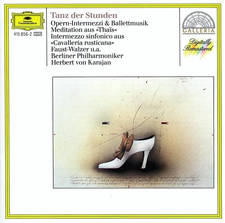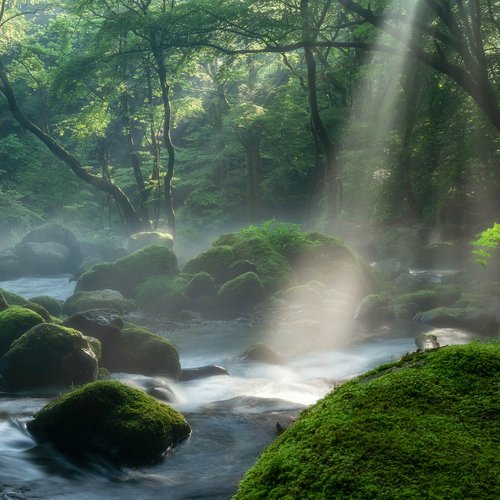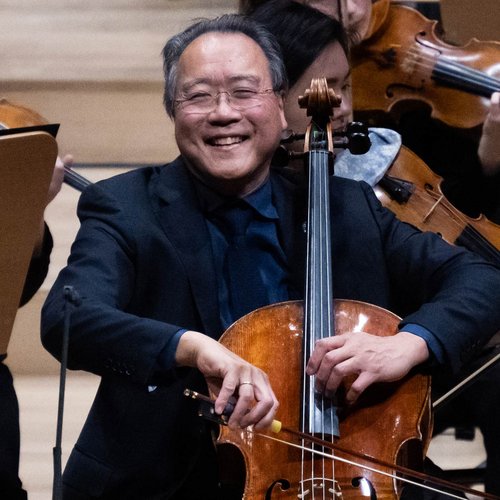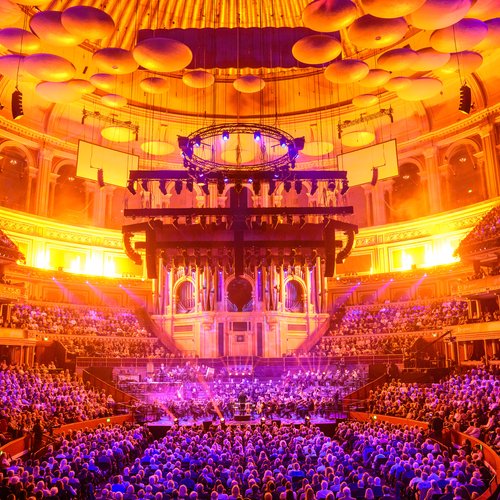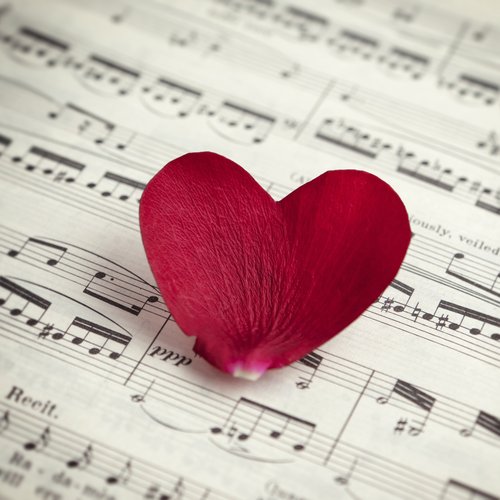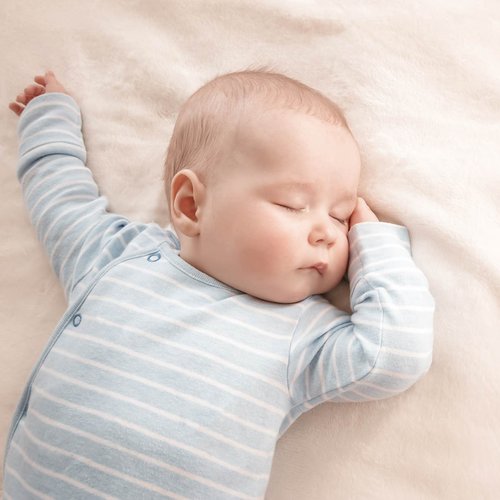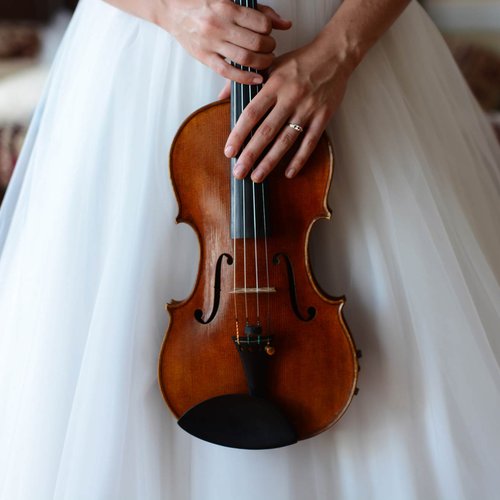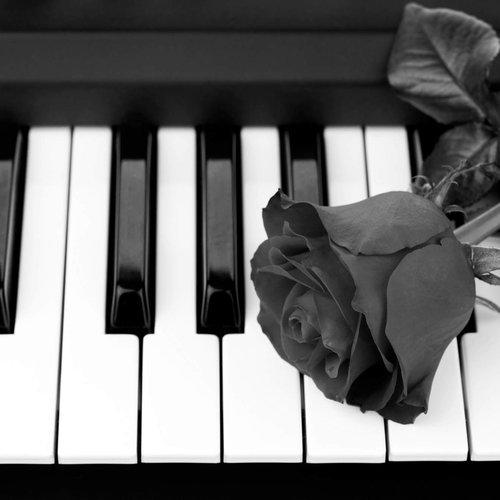What are the lyrics to Auld Lang Syne, and what does Auld Lang Syne actually mean?
7 September 2023, 16:26 | Updated: 30 December 2023, 16:28
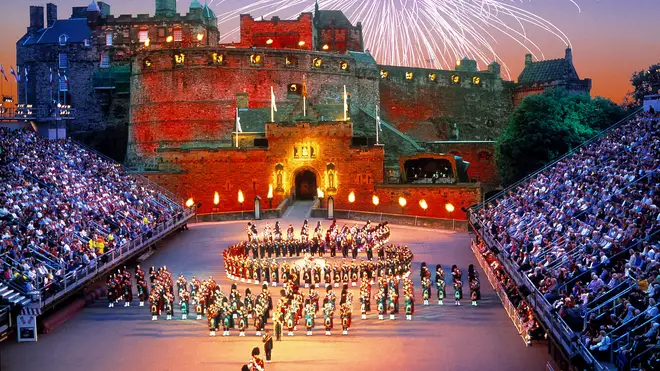
We all know Auld Lang Syne from bleary-eyed New Year’s Eve renditions, but have you ever wondered exactly what the words mean, and where they come from? And what about the tune?
Most of us will know ‘Auld Lang Syne’ from joyful New Year’s Eve festivities, joining friends and family in raising our voices to welcome in a new year, but how many people can truthfully say they know the words beyond the first verse?
As for the melody, it pre-dates any New Year’s celebrations as we know them, and has been used by the likes of Beethoven, Haydn, and even Cliff Richard.
Read more: The original lyrics to ‘Have Yourself a Merry Little Christmas’ weren’t very merry at all
What are the lyrics to Auld Land Syne?
First verse:
Should auld acquaintance be forgot,
and never brought to mind?
Should auld acquaintance be forgot,
and auld lang syne?
Chorus:
For auld lang syne, my jo,
for auld lang syne,
we’ll tak’ a cup o’ kindness yet,
for auld lang syne.
Second verse:
And surely ye’ll be your pint-stoup!
and surely I’ll be mine!
And we’ll tak’ a cup o’ kindness yet,
for auld lang syne.
Chorus
Third verse:
We twa hae run about the braes,
and pou’d the gowans fine;
But we’ve wander’d mony a weary fit,
sin’ auld lang syne.
Chorus
Fourth verse:
We twa hae paidl’d in the burn,
frae morning sun till dine;
But seas between us braid hae roar’d
sin’ auld lang syne.
Chorus
Fifth verse:
And there’s a hand,
my trusty fiere!
and gie’s a hand o’ thine!
And we’ll tak’ a right gude-willie waught,
for auld lang syne.
Read more: The 30 greatest Christmas carols of all time

Beirut woman plays ‘Auld Lang Syne’ on piano amid debris from explosion
What does ‘Auld Lang Syne’ mean?
The most accurate plain English interpretation of the piece’s famous title is ‘Old long since’, or ‘For the sake of old times’.
The song itself is reflective in nature, and is basically about two friends catching up over a drink or two, their friendship having been long and occasionally distant.
The words were written by Scottish poet Robert Burns in 1788, but Burns himself revealed at the time of composing it that he had collected the words after listening to the verse of an old man on his travels, claiming that his version of ‘Auld Lang Syne’ marked the first time it had been formally written down.
However, an earlier ballad by James Watson, named ‘Old Long Syne’, dates as far back as 1711, and use of the title phrase can be found in poems from as early as the 17th century, specifically works by Robert Ayton and Allan Ramsay.
Read more: What are the lyrics to ‘Jerusalem’, and is it England’s national anthem?

Auld Lang Syne improvisation
What is the tune to ‘Auld Lang Syne’?
The tune is thought to stem from a traditional folk song, collected in the Roud Folk Song Index (it’s listed as #6294). The famous tune is loosely based on a pentatonic (five-note) scale, and has been borrowed and quoted by countless composers and writers.
Beethoven even wrote an arrangement of ‘Auld Lang Syne’ as part of his 12 Scottish Folksongs from 1814 (listen below).
One of the more unusual and most famous uses of the tune came in 1999 when Cliff Richard used the melody for his single ‘Millennium Prayer’, in which he sang the words of The Lord’s Prayer over the familiar tune.
Read more: What are the lyrics to God Save the Queen? And who wrote it?

Beethoven ‐ Twelve Scottish Folksongs, WoO 156, No 11, “Auld Lang Syne”
When do people sing ‘Auld Lang Syne’?
‘Auld Lang Syne’ is most famously sung by revellers at the stroke of midnight on New Year’s Eve every year.
This tradition began in Scotland, where Hogmanay would be marked by the singing of the song while singers join hands to form a large circle.
Apart from New Year’s Eve, the song is also often sung at Burns Night celebrations, the Edinburgh Military Tattoo, at passing out parades for the Royal Navy, and for many other military bodies across the world.
